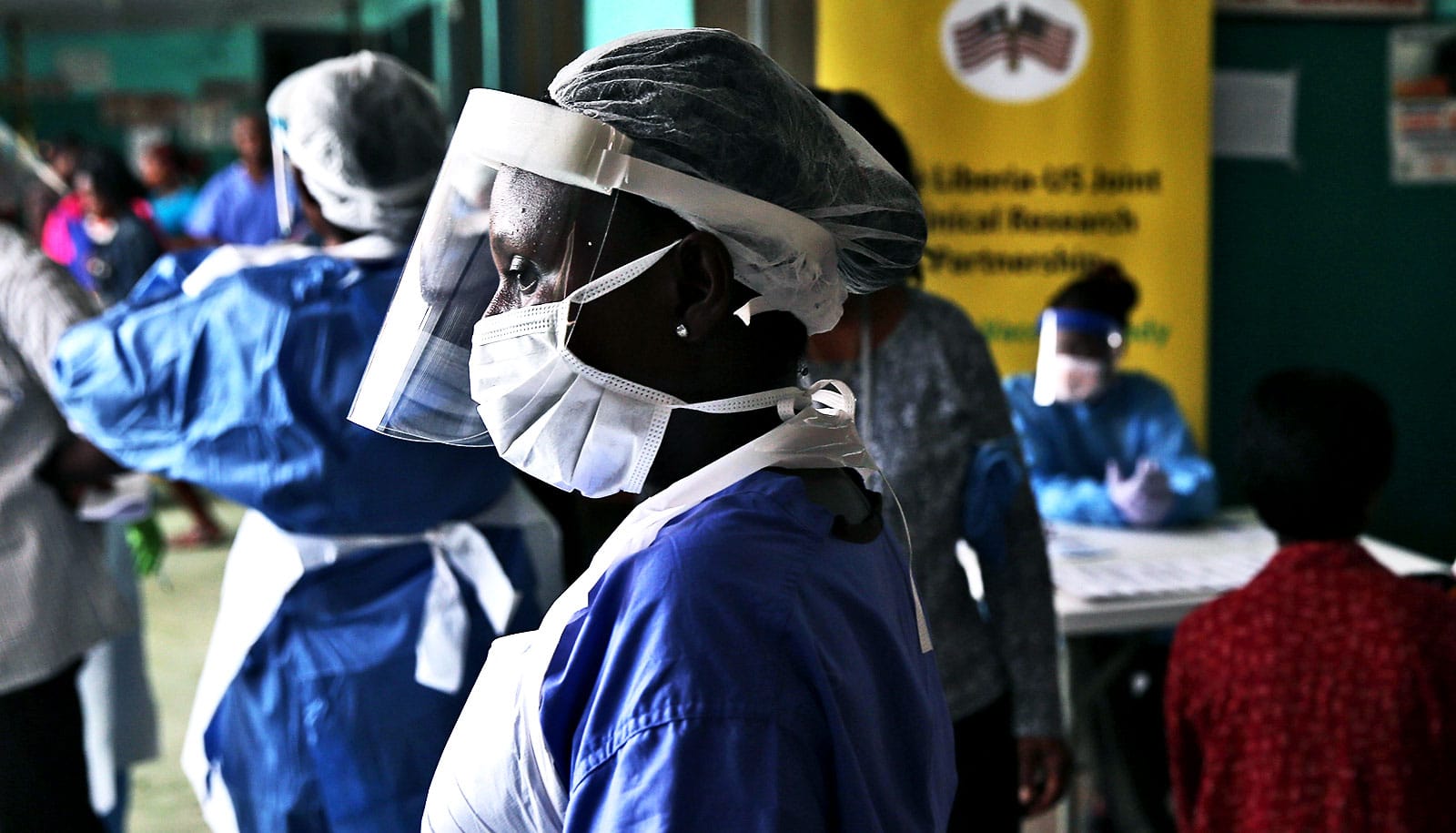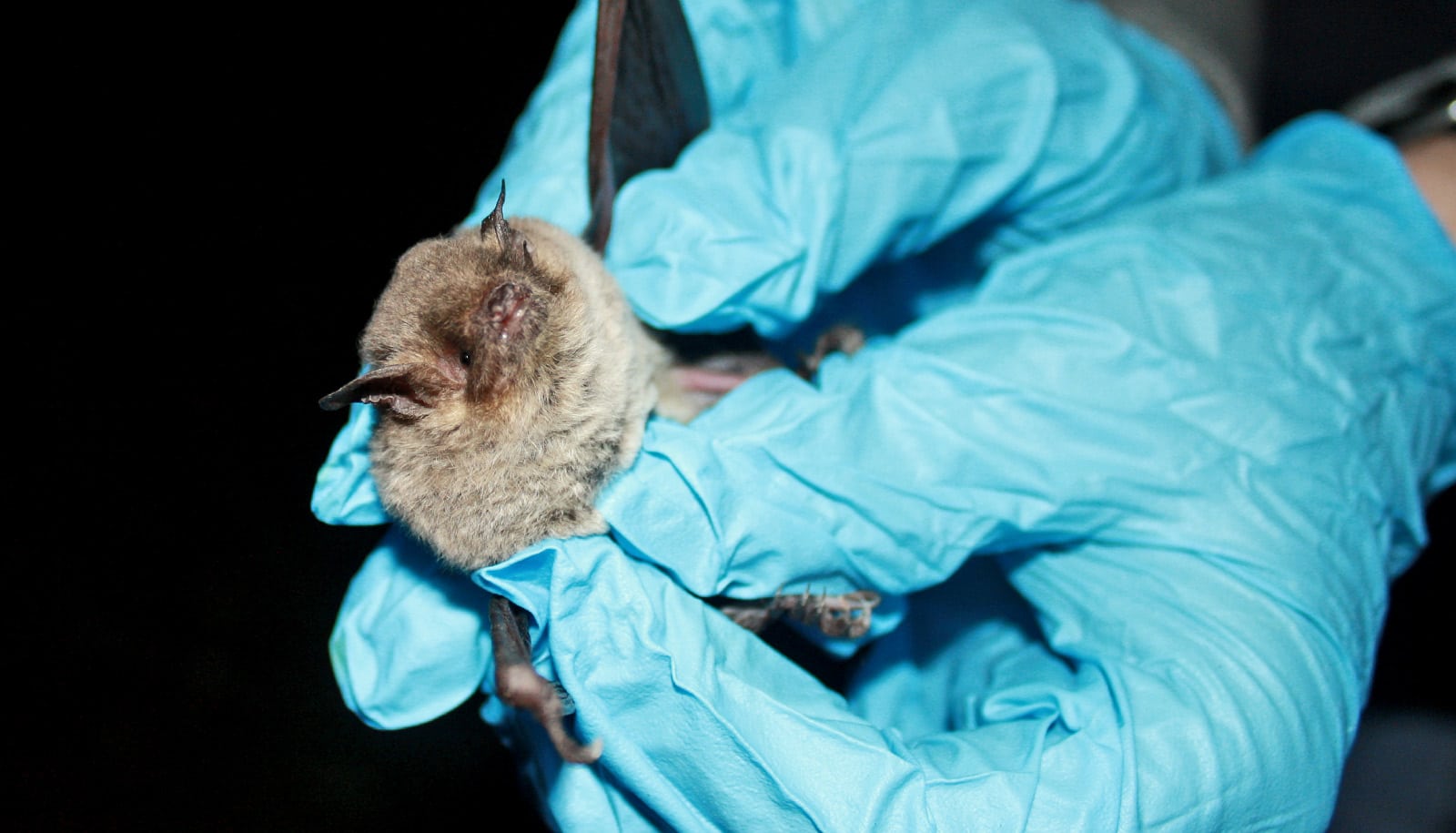Derivatives of amodiaquine, a medication doctors typically use to treat malaria, could provide a new therapeutic approach to treating patients infected with Ebola virus disease, a new study shows.
Observations from the 2014-2016 Ebola epidemic that swept through West Africa, infecting more than 28,000 people and killing more than 11,000 in Guinea, Liberia, and Sierra Leone alone inspired the new research.
The outbreak attracted the attention of virologists from around the world, and several of them noticed something intriguing: patients with Ebola who had been treated with the amodiaquine were 31 percent less likely to die.
“People were saying ‘it’s interesting;’ I wondered if it was important,” says Robert Davey, a professor of microbiology at the Boston University School of Medicine and researcher at the university’s National Emerging Infectious Diseases Laboratories, who was working at the Texas Biomedical Research Institute at the time.
“I thought we should test some [chemical] derivatives and see if we could find some improvement over the amodiaquine performance,” Davey says.
On the hunt
Davey and collaborators set out to learn exactly which parts of the amodiaquine molecule were inhibiting Ebola virus infection.
Their findings, which appear in Antiviral Research, show that modified amodiaquine derivatives are significantly less toxic and nearly 10 times more effective at blocking Ebola virus than the original amodiaquine formula that greatly reduced mortality during the West Africa outbreak.
To make the discovery, Davey teamed up with other virologists on the hunt for new antiviral therapeutics. Serendipitously, one of Davey’s colleagues from Japan—Yasuteru Sakurai, from the National Research Center for the Control and Prevention of Infectious Diseases in Nagasaki—knew another Japanese researcher, Masanori Baba of Kagoshima University, who had already made a series of amodiaquine derivatives in an effort to find new treatments for HIV and other viruses.
Parasite starvation
Amodiaquine inhibits malaria and Ebola virus disease in related ways, Davey says.
All cells need to get food from their surroundings. With malaria, amodiaquine prevents the parasite from digesting food from inside red blood cells, so it basically starves to death. Ebola virus mimics food and tricks your cells into swallowing and trying to digest it. However, the virus senses this and uses it as a trigger to begin replication, avoiding digestion. So, by interfering with normal cell digestion, amodiaquine also blocks Ebola virus infection.
“With Ebola, we are affecting your own cell’s digestive system, but for a short time, which the cell can survive,” says Davey. “And the drugs that we developed likely improve targeting to places in the cell where Ebola virus likes to get to, whereas for malaria, the drugs are best at targeting the parasite’s feeding process which it needs all the time. It’s a subtle difference in chemistry, but it’s important for making an effective drug treatment for patients.”
The researchers tested nearly 70 amodiaquine derivatives, mixing each one with cells infected with Ebola virus and observing the effect that each derivative had on the live virus infection.
What they found was encouraging, Davey says. Fourteen of the compounds tested did a better job inhibiting the Zaire strain of Ebola virus disease than straight amodiaquine. The reserchers also noticed that when they modified two particular parts of the amodiaquine molecule, the potency against the virus increased further. Then, by combining the two features, they created further potent compounds, which appeared to completely prevent the virus from entering cells.
Next steps
“If you combine those two things—less toxicity and better performance against the virus—you get something called a selective index,” says Davey. “The selective index that we found easily met the criteria for clinical development.”
The researchers are now taking the next steps on the long road of developing the discovery from “it’s interesting” to an approved therapy. Next will come testing in animal models, as well as testing the potent compounds against other strains of Ebola virus, Davey says.
Additional coauthors are from Boston University, Kagoshima University, and Tokushima Bunri University. The National Institutes of Health supported the work.
Source: Boston University



